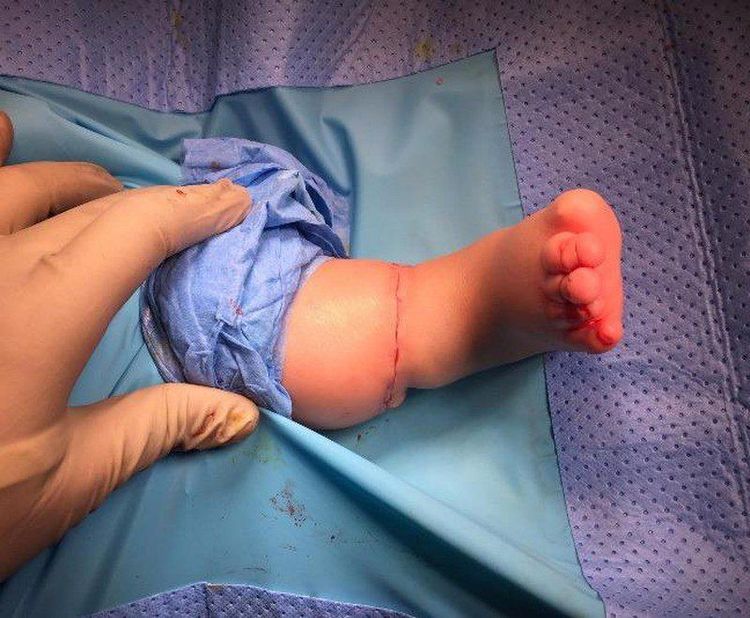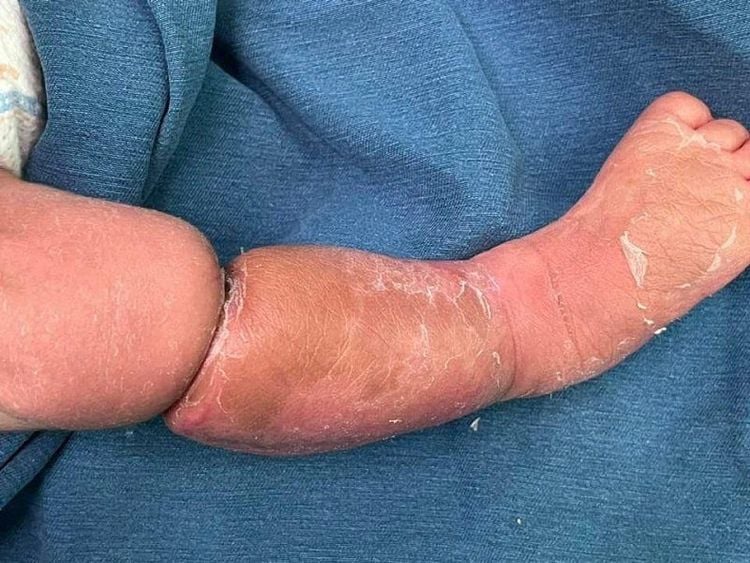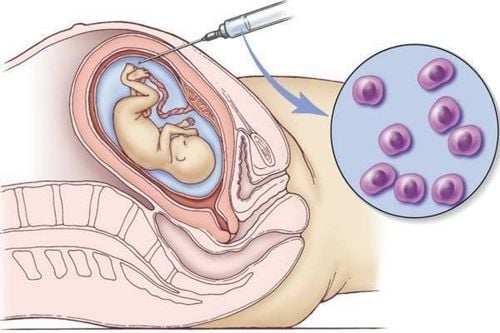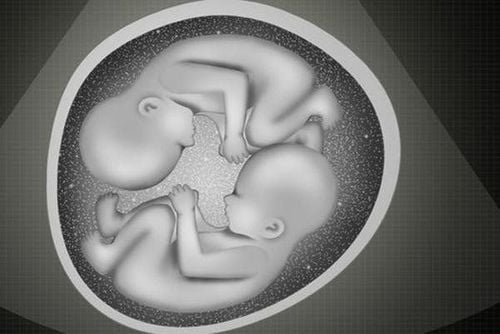This is an automatically translated article.
Congenital constriction syndrome is a very rare disease in children and has a very high risk of birth defects. This syndrome manifests through deep lines on the children's limbs, so many parents mistakenly think that it is just the lines born because their baby is chubby.1. What is congenital limb loop syndrome?
Congenital sphincter syndrome is a birth defect caused by congenital sphincters that compress blood vessels and nerves, preventing the lower sphincter muscle from developing normally and healthy. The common signs of this congenital constriction syndrome are in the wrists, fingers or ankles of babies.According to the conclusions of the medical team, congenital constriction is a very rare syndrome with the rate of only 1 child in 1200 to 1500 live births. Because it is a rare case, many parents still do not have a complete understanding of this disease.
Congenital loop syndrome is a rather dangerous disease because the risk of leaving birth defects in children is high. If not operated in time, the child may have atrophy of the limbs due to lack of nutrition, even gangrene. limbs.
2. Causes of congenital limb loop syndrome
Congenital constriction is a non-hereditary syndrome and there is no way to prevent it. The medical profession so far has not found the exact cause of limb loop syndrome. There are three theories proposed to analyze the cause of this syndrome as follows:
The first hypothesis, there are abnormalities produced in the embryonic germ, thereby creating sticky cords during development. development causes the fetal limbs to constrict. The second hypothesis may be that the cause of the congenital constriction is related to the rupture of membranes. Because when the mother's amniotic fluid breaks, the tissue from the amniotic membrane is separated, forming many small and thin amniotic bands. These bands of amniotic fibers can become entangled in the fetal limbs and cause congenital constriction. The third theory, doctors refer to trauma in the uterus during amniocentesis or fetal surgery. When the uterus appears traumatized, it can lead to bleeding, sticky cords are formed and wrap around the limbs of the fetus, causing the phenomenon of constriction.

Hội chứng vòng thắt chi bẩm sinh là tật do các vòng thắt bẩm sinh chèn lấy các mạch máu và dây thần kinh
3. Manifestations of congenital constriction syndrome
Congenital constriction syndrome has diverse manifestations with different degrees. The feature to recognize abnormality is that parents will see that the baby's limbs appear deeper lines than in the case of children with normal plumpness, the waistband will be completely concave compared to the skin on the sides.
At a mild level, it is more difficult to detect the symptoms of amputation because it is just a round indentation that appears around a child's finger or arm, toe or lower leg. Many cases of mild congenital sphincter, if not detected early, affect long-term motor function later on.
In more severe cases, the deeper and tighter congenital ligatures can cause some serious problems affecting the development of the limb such as causing swelling, edema (due to restriction of blood flow). venous or lymphatic drainage) or cause arterial occlusion.
4. Diagnosis and treatment of congenital limb loop syndrome
Although a congenital constriction is a rare syndrome with a high rate of malformations in children, this dangerous disease can be detected before birth through 3D and 4D ultrasound. Pregnant women who are unfortunate enough to fall into this category need to have regular antenatal check-ups on a regular basis for regular monitoring, and at the same time receive advice on treatment regimens from specialist doctors.
Depending on the extent of the baby's medical condition, doctors will decide whether surgery is needed at birth to correct or prevent problems caused by congenital sphincters (such as reduced blood flow). and nerve compression); or, if no urgent intervention is needed, surgery can be delayed until the baby is at least 6 months old.
Surgery to treat limb loop syndrome will be carried out with the first step being to remove the ligation, then to release the nerve and muscle blood vessels in the position of the ring with thick fibrous tissues. enclose and tighten the structure. After surgery, the baby's limbs will get rid of the tight ring, the blood vessels will circulate well, the incision will be dry.
In summary, congenital limb amputation syndrome is a rare medical condition that can severely affect the overall development as well as the child's later life. Therefore, if parents see that the baby has abnormal legs and arms, take the baby to a reputable medical facility to get the most accurate conclusion.

Vòng thắt bẩm sinh là một hội chứng hiếm gặp có tỉ lệ lưu lại dị tật ở trẻ cao
With many years of experience in examining and treating diseases in children, now the Pediatrics Department at Vinmec International General Hospital has become one of the major health care centers, capable of examining , screening and treatment of many specialized diseases in children. Therefore, if the child shows signs of congenital limb amputation syndrome, parents can take the child to Vinmec International General Hospital for examination and receive support and advice from qualified doctors. .
Please dial HOTLINE for more information or register for an appointment HERE. Download MyVinmec app to make appointments faster and to manage your bookings easily.













